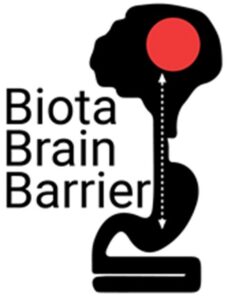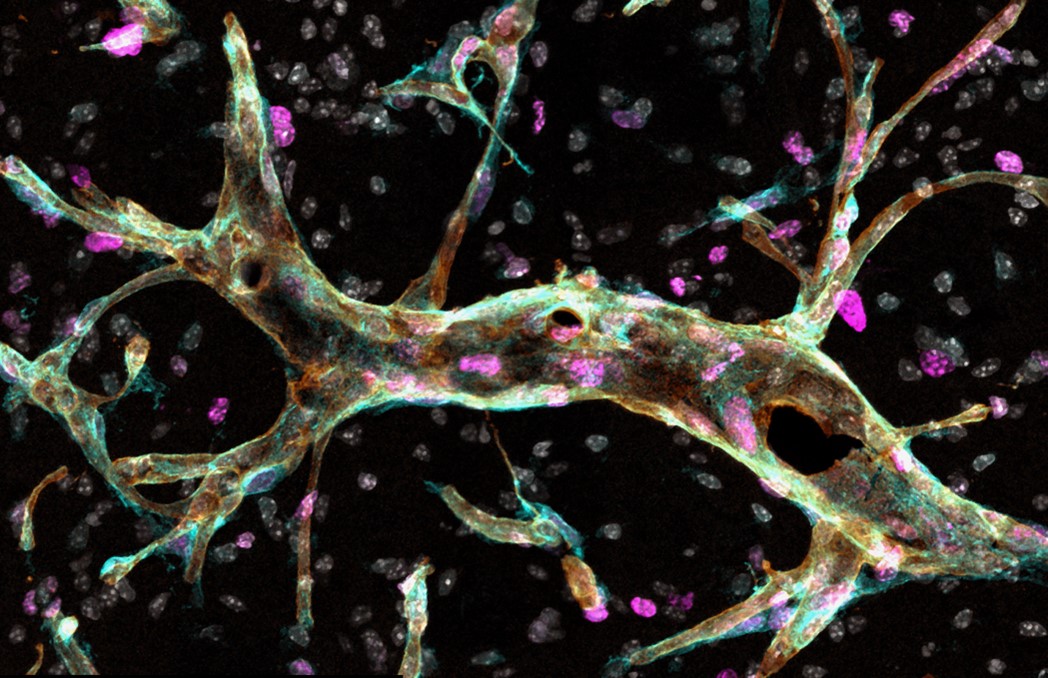The Hirt laboratory is studying the role of lactate in ischemia. They previously showed that administration of exogenous lactate improves the outcome after cerebral ischemia both in vitro and in vivo by reducing the extent of neural damage and neurological impairment.

Using magnetic resonance spectroscopy to characterise in real time the fate of isotope-labelled hyperpolarised lactate injected intravenously after stroke, in collaboration with Jean-Noel Hyacinthe and Mor Mishkovsky at the CIBM-EPFL and HES-SO Geneva, they showed that labelled 13C-lactate rapidly reaches the ischemic mouse brain and is converted to pyruvate and CO2. The underlying protective mechanism is presumably lactate acting as a metabolic energy substrate. The Hirt laboratory now aim to gain a deeper understanding of the fate of exogenously administered lactate and the mechanisms underlying its beneficial effects by exploring the possible cellular and molecular mechanisms using molecular and pharmacological approaches.





